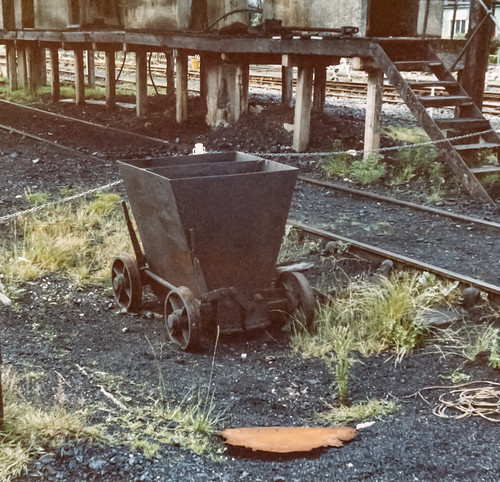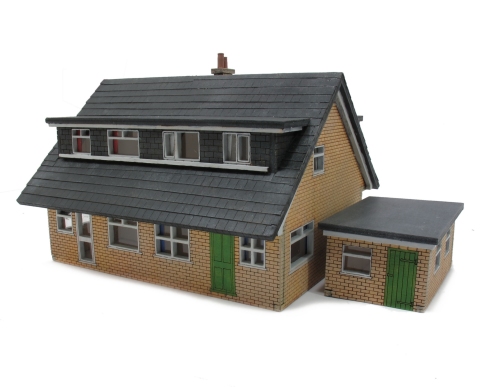A few weeks ago,
I was looking at my poorly Nikon DSLR and wondering if I really needed to replace it based on the sort of photos I take.
In the comments, a couple of people suggested I ought to look at an Olympus Pen. Reading reviews, the range appeared to score well for image quality and flexibility. The suggestion in the reviews was that this is a DSLR for compact camera user. I don't have a problem with that. As I said in my original post, I'm no specialist photographer, I just like taking photos.
I also like interesting things that are a little under the radar. A Citroen Berlingo (2nd series) is a fantastic car for example, but you never see it advertised. They are just popular with those who know how good they are, and when you learn, you understand.
An SLR for compact users will be an anathema to many "proper" photographers, but I had a look on eBay and found a few to chose from. In the end, £60 bought me an E-PL1 that had taken 572 photos and seemed in perfect nick, along with charger and lens.
Another look and the PL1 is the noddy camera of the range, but if this ever bothers me, bodies can be picked up for under £40, including a red one which appeals quite a bit.
Anyway, first impressions are good. The camera feels solid. The shutter makes a nice noise. The lens has to be unlocked and extended before use, and it's a bit ugly when not shut up. That's as bad as it gets so far.
Of course I've taken some photos. You can click on these for the full-size version.
My railcar in the garden.
While I was out there, a dragon in need of a repaint:
A home-grown pomegranate:
An aeroplane at Bekonscot on a sunny day:
And a few minutes later, a couple of trains:
All of these were taken with the camera on auto. I had tried some model shots in the booth, but the results weren't impressive. Not bad, just not what I needed. However, stick the camera in aperture mode and the dial on F22, read the instructions to set the ISO to 100 and things look a lot better.
The Lego train is 12cm long, not that dissimilar in size to this:
No need for stacking there for most uses.The focus lock seemed to work well too.
At the moment, this feels good. OK, the lens is ugly and composing on the back LCD screen isn't ideal in bright light - but then that's an issue with a compact and trying to gawp through a viewfinder too. The video mode is going to take some figuring out as efforts so far have seen it record when I didn't want it to and not when I do. That's just pressing buttons in the right order. I'm sure if I read the manual again, I'll get it.
Thanks to those who suggested the Pen. It seems like a good move. The Nikon is currently with them for investigation, but I've hung on to the lens in case I don't have the body back. It's sale will then go towards a zoom for the Olympus.









































